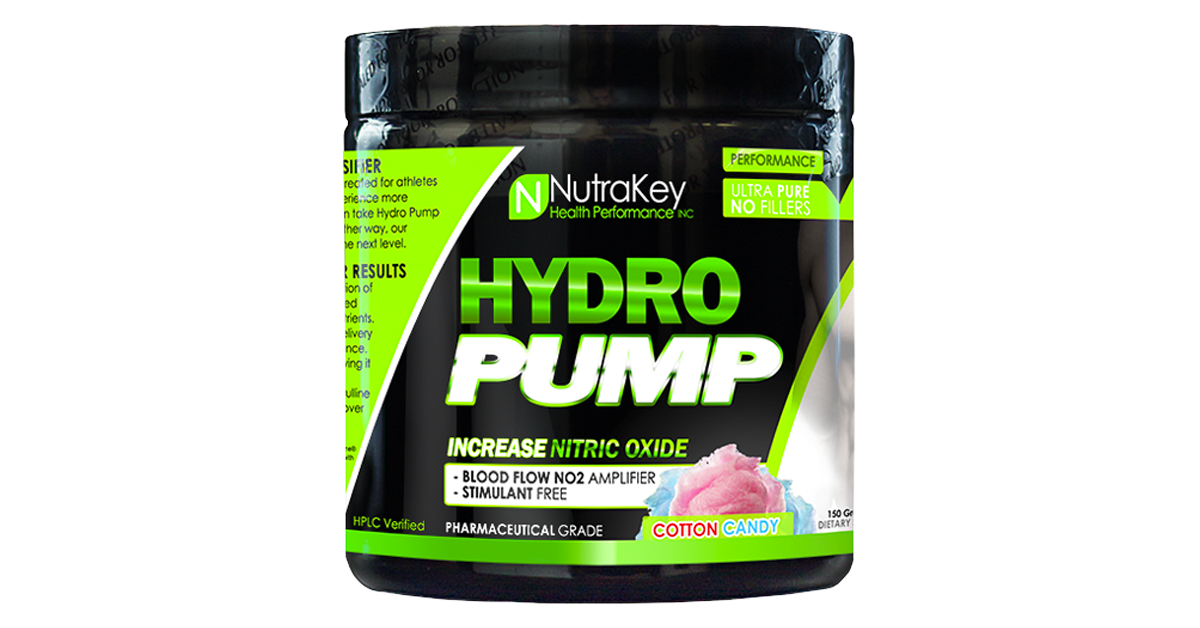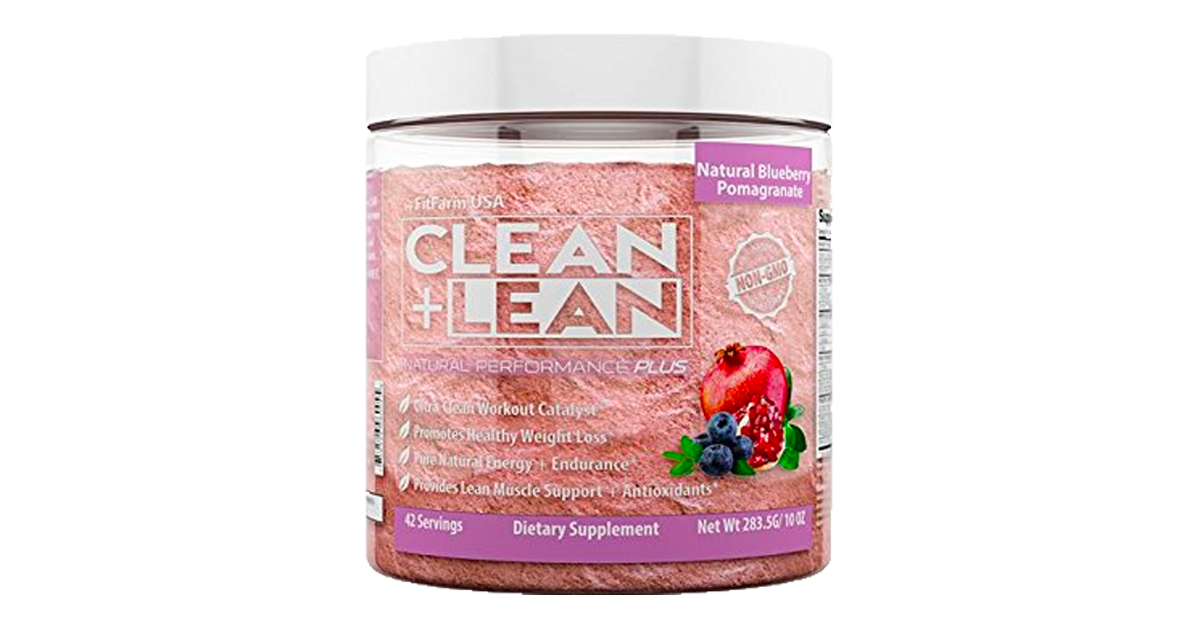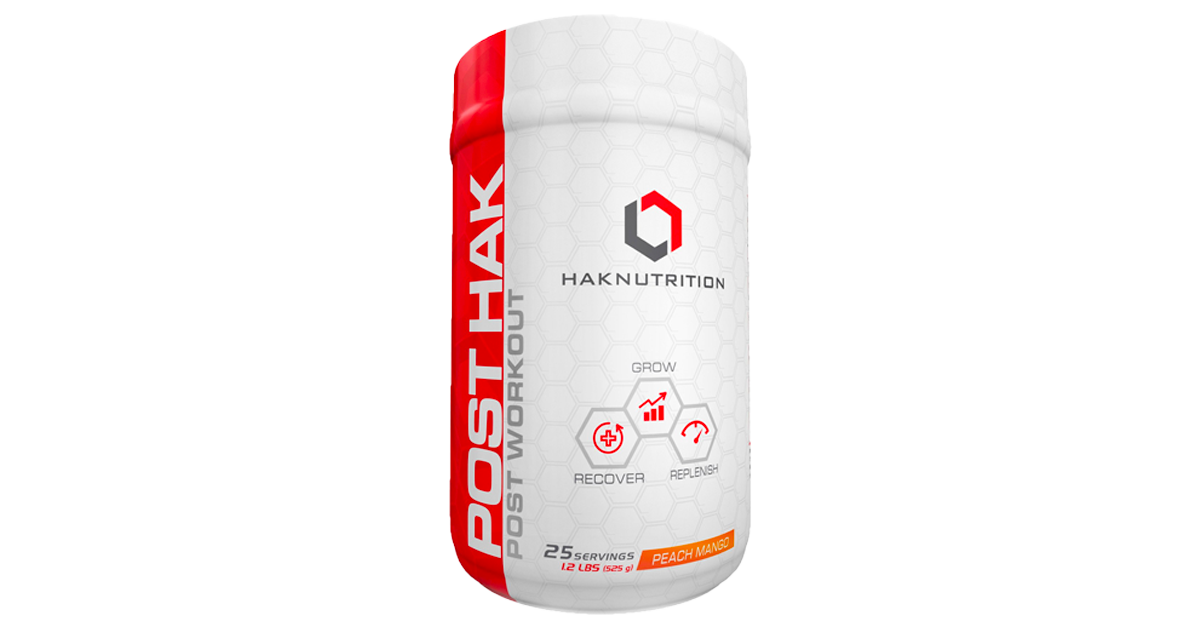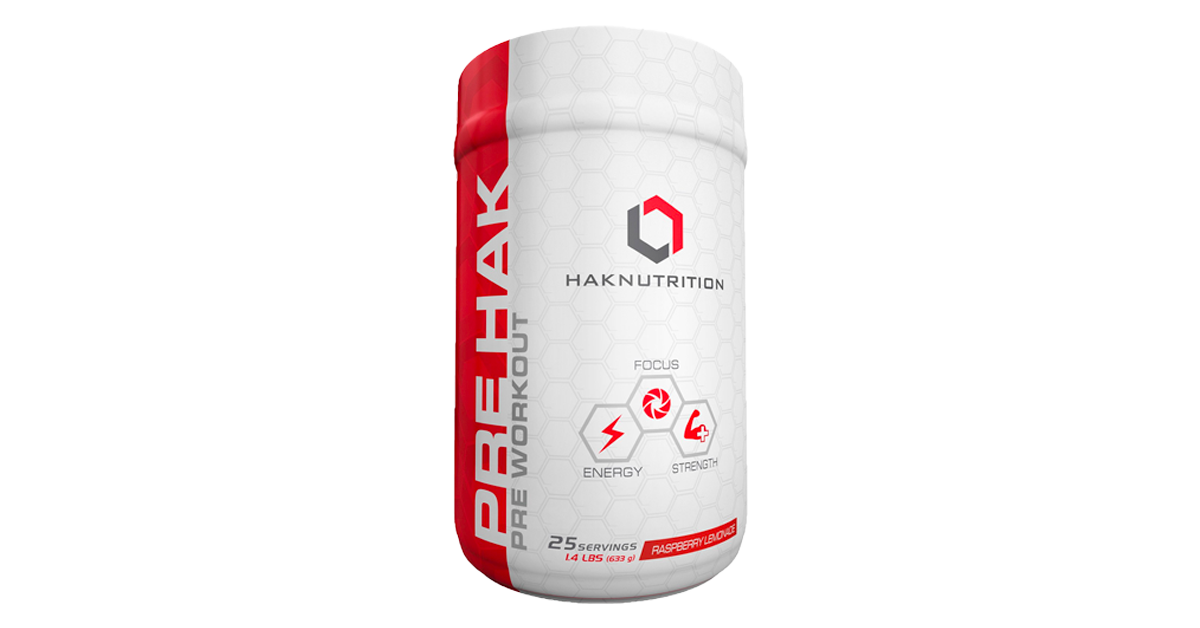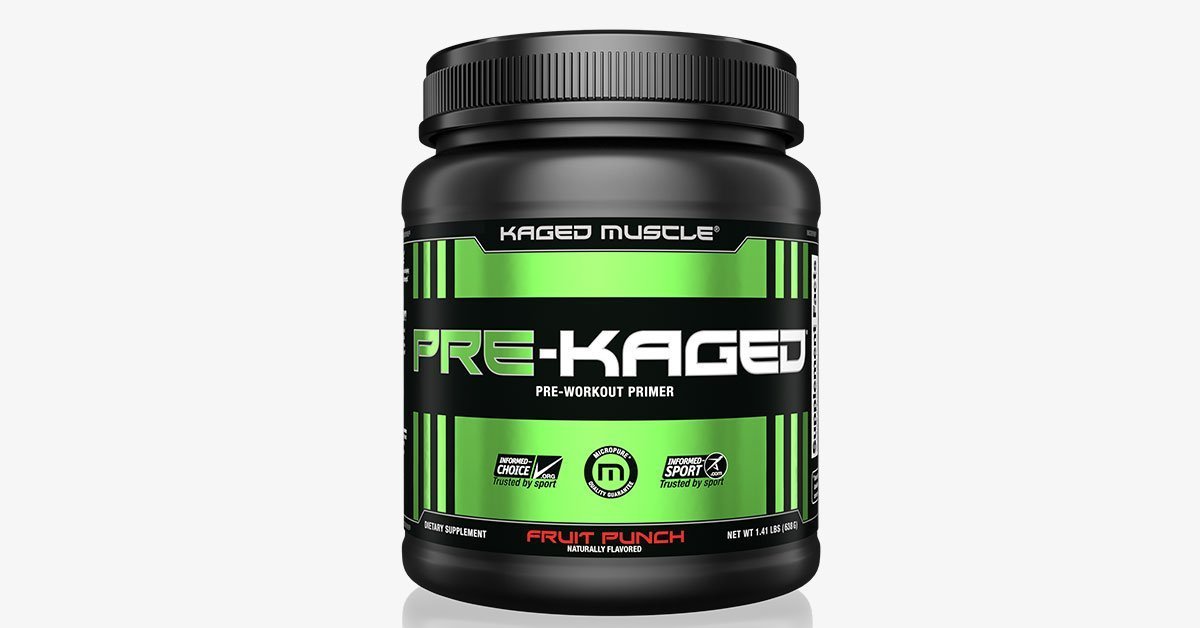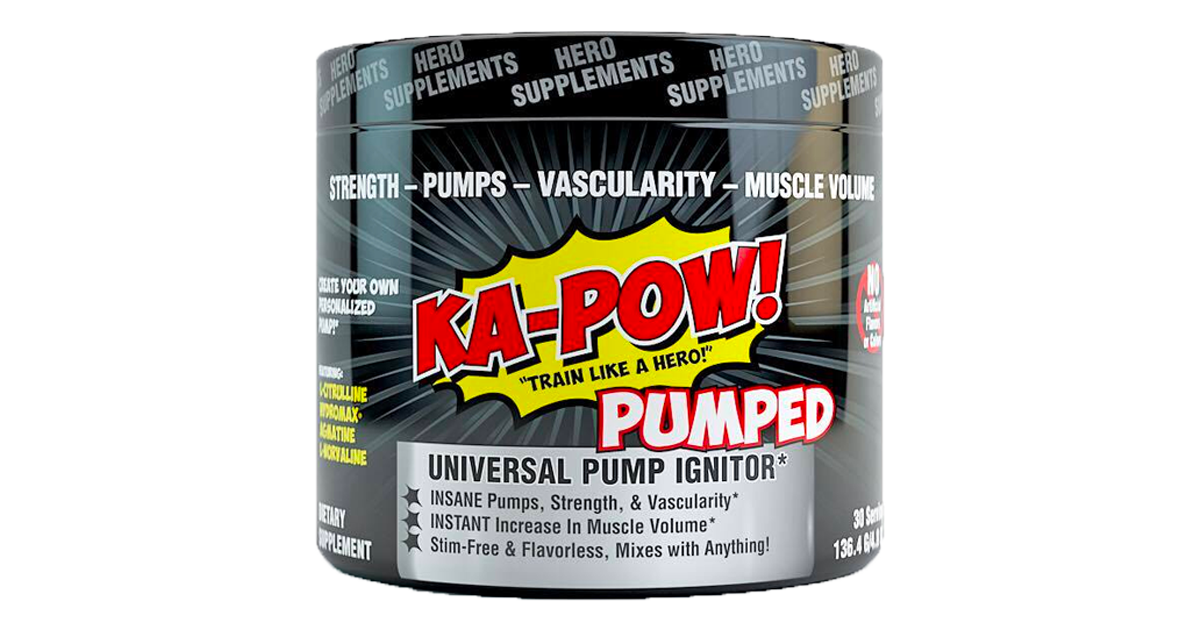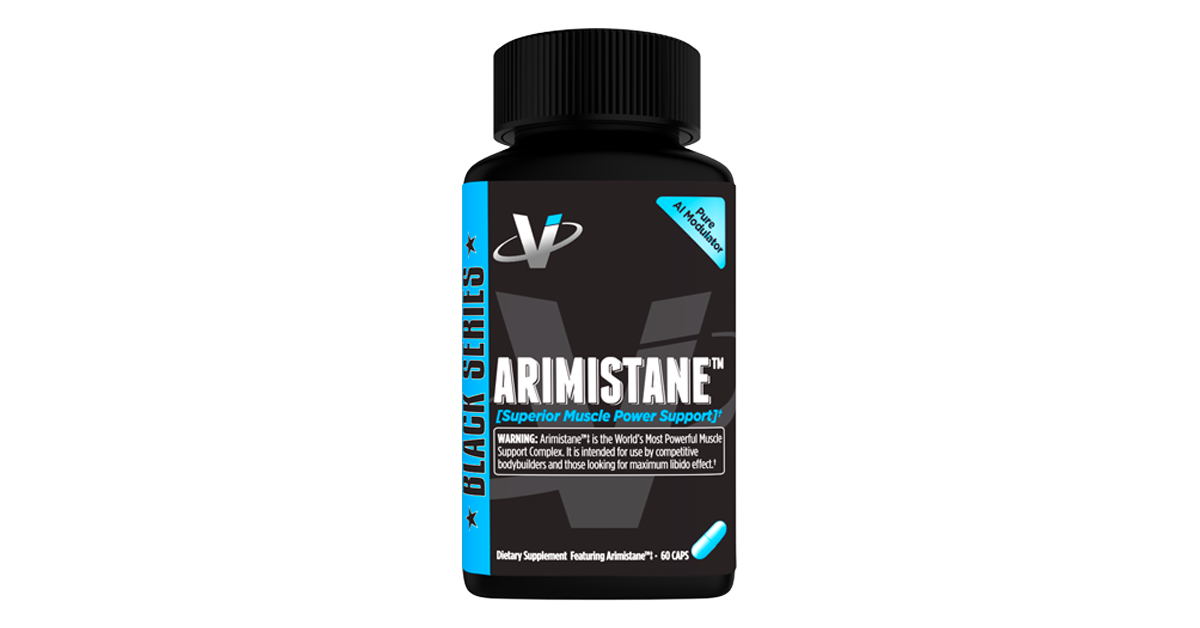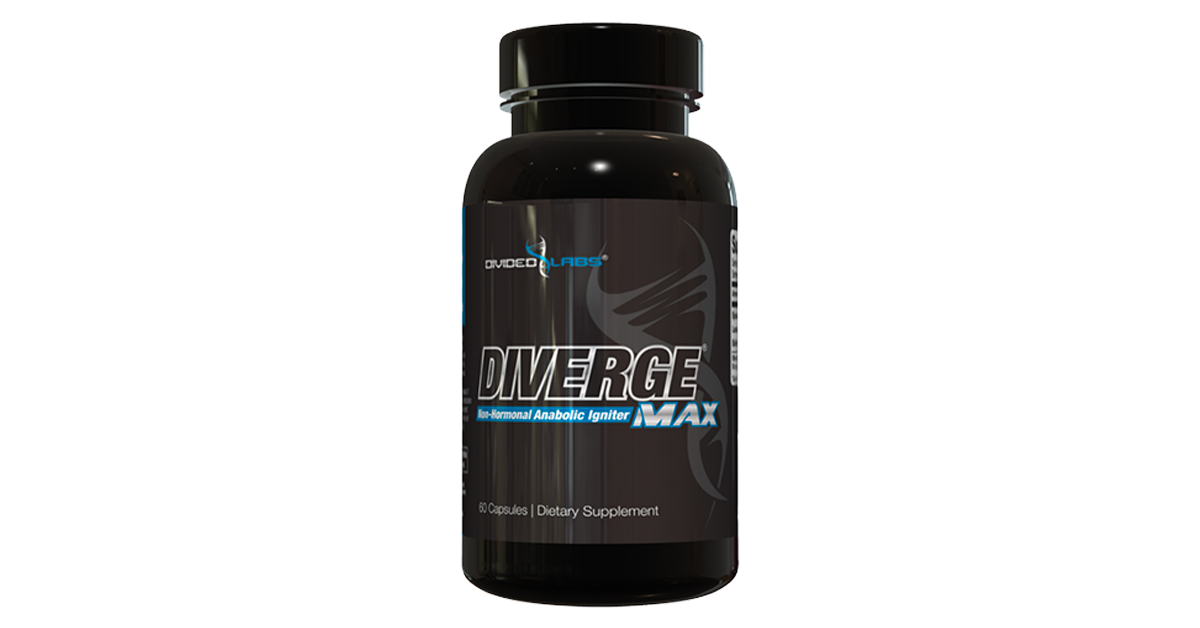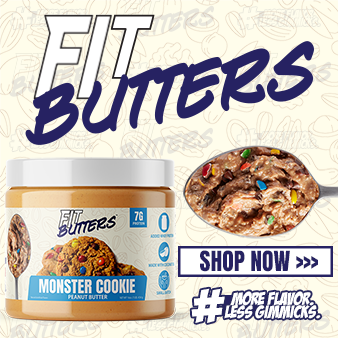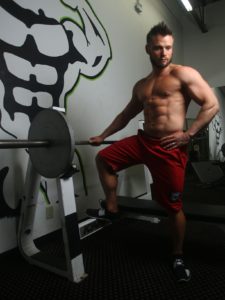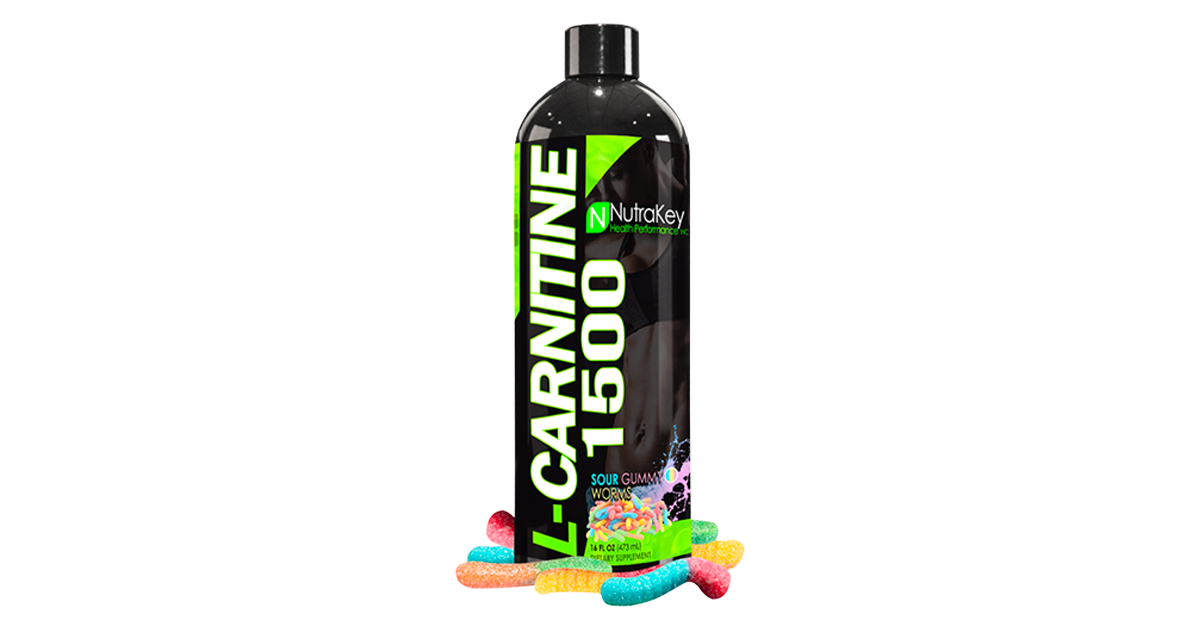 [vc_row type=”in_container” full_screen_row_position=”middle” scene_position=”center” text_color=”dark” text_align=”left” top_padding=”10″ overlay_strength=”0.3″][vc_column centered_text=”true” column_padding=”no-extra-padding” column_padding_position=”all” background_color_opacity=”1″ background_hover_color_opacity=”1″ column_shadow=”none” width=”1/1″ tablet_text_alignment=”default” phone_text_alignment=”default” column_border_width=”none” column_border_style=”solid”][vc_raw_html]JTNDYSUyMGhyZWYlM0QlMjJodHRwcyUzQSUyRiUyRmZpdG5lc3NpbmZvcm1hbnQuY29tJTJGcmVjb21tZW5kcyUyRm51dHJha2V5LWxpcXVpZC1sLWNhcm5pdGluZS0xNTAwLXN1cHB6JTJGJTIyJTIwcmVsJTNEJTIybm9mb2xsb3clMjIlMjBjbGFzcyUzRCUyMm15QnV0dG9uJTIyJTNFQ0xJQ0slMjBIRVJFJTBBJTIwRk9SJTIwTE9XRVNUJTIwUFJJQ0UlMjAlM0UlM0UlM0MlMkZhJTNF[/vc_raw_html][vc_custom_heading text=”See Our Retailer Price Comparison Table” font_container=”tag:p|font_size:22px|text_align:center|color:%23f96566″ google_fonts=”font_family:Lato%3A100%2C100italic%2C300%2C300italic%2Cregular%2Citalic%2C700%2C700italic%2C900%2C900italic|font_style:900%20bold%20regular%3A900%3Anormal” link=”url:%23table|||”][/vc_column][/vc_row][vc_row type=”in_container” full_screen_row_position=”middle” scene_position=”center” text_color=”dark” text_align=”left” overlay_strength=”0.3″][vc_column column_padding=”no-extra-padding” column_padding_position=”all” background_color_opacity=”1″ background_hover_color_opacity=”1″ column_shadow=”none” width=”1/1″ tablet_text_alignment=”default” phone_text_alignment=”default” column_border_width=”none” column_border_style=”solid”][vc_custom_heading text=”Overview of NutraKey Liquid L-Carnitine 1500″ google_fonts=”font_family:Lato%3A100%2C100italic%2C300%2C300italic%2Cregular%2Citalic%2C700%2C700italic%2C900%2C900italic|font_style:900%20bold%20regular%3A900%3Anormal”][vc_column_text]NutraKey is a huge player in the sports nutrition industry known for their promise to quality. NutraKey is well respected by their peers and fitness enthusiasts around the world. NutraKey does not market supplements to the hardcore lifting community but to those who are active in changing their lives for the better through health and wellness.
[vc_row type=”in_container” full_screen_row_position=”middle” scene_position=”center” text_color=”dark” text_align=”left” top_padding=”10″ overlay_strength=”0.3″][vc_column centered_text=”true” column_padding=”no-extra-padding” column_padding_position=”all” background_color_opacity=”1″ background_hover_color_opacity=”1″ column_shadow=”none” width=”1/1″ tablet_text_alignment=”default” phone_text_alignment=”default” column_border_width=”none” column_border_style=”solid”][vc_raw_html]JTNDYSUyMGhyZWYlM0QlMjJodHRwcyUzQSUyRiUyRmZpdG5lc3NpbmZvcm1hbnQuY29tJTJGcmVjb21tZW5kcyUyRm51dHJha2V5LWxpcXVpZC1sLWNhcm5pdGluZS0xNTAwLXN1cHB6JTJGJTIyJTIwcmVsJTNEJTIybm9mb2xsb3clMjIlMjBjbGFzcyUzRCUyMm15QnV0dG9uJTIyJTNFQ0xJQ0slMjBIRVJFJTBBJTIwRk9SJTIwTE9XRVNUJTIwUFJJQ0UlMjAlM0UlM0UlM0MlMkZhJTNF[/vc_raw_html][vc_custom_heading text=”See Our Retailer Price Comparison Table” font_container=”tag:p|font_size:22px|text_align:center|color:%23f96566″ google_fonts=”font_family:Lato%3A100%2C100italic%2C300%2C300italic%2Cregular%2Citalic%2C700%2C700italic%2C900%2C900italic|font_style:900%20bold%20regular%3A900%3Anormal” link=”url:%23table|||”][/vc_column][/vc_row][vc_row type=”in_container” full_screen_row_position=”middle” scene_position=”center” text_color=”dark” text_align=”left” overlay_strength=”0.3″][vc_column column_padding=”no-extra-padding” column_padding_position=”all” background_color_opacity=”1″ background_hover_color_opacity=”1″ column_shadow=”none” width=”1/1″ tablet_text_alignment=”default” phone_text_alignment=”default” column_border_width=”none” column_border_style=”solid”][vc_custom_heading text=”Overview of NutraKey Liquid L-Carnitine 1500″ google_fonts=”font_family:Lato%3A100%2C100italic%2C300%2C300italic%2Cregular%2Citalic%2C700%2C700italic%2C900%2C900italic|font_style:900%20bold%20regular%3A900%3Anormal”][vc_column_text]NutraKey is a huge player in the sports nutrition industry known for their promise to quality. NutraKey is well respected by their peers and fitness enthusiasts around the world. NutraKey does not market supplements to the hardcore lifting community but to those who are active in changing their lives for the better through health and wellness.
L-Carnitine is a fantastic supplement to take to boost your body’s energy levels and metabolism. I took L-Carnitine 1500 while bulking for the purpose of limiting body fat increases. NutraKey’s Liquid L-Carnitine 1500 is a awesome tasting product at a good price that can help you reach your fat loss goals.[/vc_column_text][/vc_column][/vc_row][vc_row type=”in_container” full_screen_row_position=”middle” scene_position=”center” text_color=”dark” text_align=”left” overlay_strength=”0.3″][vc_column column_padding=”no-extra-padding” column_padding_position=”all” background_color_opacity=”1″ background_hover_color_opacity=”1″ column_shadow=”none” width=”1/1″ tablet_text_alignment=”default” phone_text_alignment=”default” column_border_width=”none” column_border_style=”solid”][vc_video link=”https://youtu.be/gfRZyWbxIT8″][/vc_column][/vc_row][vc_row type=”in_container” full_screen_row_position=”middle” bg_color=”#2e2e2e” scene_position=”center” text_color=”dark” text_align=”left” overlay_strength=”0.3″][vc_column column_padding=”padding-5-percent” column_padding_position=”all” background_color=”#efefef” background_color_opacity=”1″ background_color_hover=”#ffffff” background_hover_color_opacity=”1″ column_shadow=”medium_depth” width=”1/1″ tablet_text_alignment=”default” phone_text_alignment=”default” column_border_width=”2px” column_border_color=”#000000″ column_border_style=”solid”][text-with-icon icon_type=”font_icon” icon=”icon-arrow-right” color=”Accent-Color”]
Why You Should Trust Our Reviews
[/text-with-icon][fancy-ul icon_type=”font_icon” icon=”icon-ok” color=”Accent-Color” alignment=”left”]- EXPERT REVIEW PANEL
Our review panel is made up of individuals with many years of experience in the sports nutrition industry, dating back to the early 2000’s. Their tenure gives them knowledge on brands, supplements, ingredients, dosages and more. - FULL CONTAINER REVIEWS
Unlike the majority of “review” sites on the internet, Fitness Informant reviews every supplement on a full-container basis. What does this mean? It means that a review is not written or recorded until the last serving of that product has been finished. We’ve all had products that were great for the first couple of days, but then lost their effectiveness shortly after. We want to ensure you are getting a full review based on a full product. - INGREDIENT EDUCATION
We breakdown each ingredient in our reviews to educate you on exactly what the ingredients do, and what is the proper dosage of each ingredient to effectively do what they are intended to do. - 100% HONEST – NO B.S. REVIEWS
Our number #1 priority is to inform you proper supplement selection through honest reviews. The majority of “review” sites on the internet will push you to buy a certain product based on the commissions they received. Not us. We want you to purchase the highest quality supplements at the best value. We put your health and wellness first. To achieve your goals we want you to use only the best supplements that you can afford. We do this by being honest.
We then look at effectiveness. An effective fat burner will use high quality, proven ingredients, at clinically backed dosages. This is generally an extension of the profile section. The higher quality ingredients used at proper dosages, the more effective that product will be.
Then we move into the taste of the different flavors we’ve tried. We grade each flavor separately and average the scores for their overall taste rating. We were able to test out the following flavors: Sour Gummy Worm and Blue Raspberry.
Finally, we talk about value. Value is the combination of profile, effectiveness and taste in relation to cost. Another part of value are the competitors and other versions of fat burners on the market.[/vc_column_text][/vc_column][/vc_row][vc_row type=”in_container” full_screen_row_position=”middle” scene_position=”center” text_color=”dark” text_align=”left” overlay_strength=”0.3″][vc_column column_padding=”no-extra-padding” column_padding_position=”all” background_color_opacity=”1″ background_hover_color_opacity=”1″ column_shadow=”none” width=”1/1″ tablet_text_alignment=”default” phone_text_alignment=”default” column_border_width=”none” column_border_style=”solid”][divider line_type=”Full Width Line” line_thickness=”1″ divider_color=”default”][/vc_column][/vc_row][vc_row type=”in_container” full_screen_row_position=”middle” equal_height=”yes” content_placement=”middle” scene_position=”center” text_color=”dark” text_align=”left” overlay_strength=”0.3″][vc_column column_padding=”no-extra-padding” column_padding_position=”all” background_color_opacity=”1″ background_hover_color_opacity=”1″ column_shadow=”none” width=”1/2″ tablet_text_alignment=”default” phone_text_alignment=”default” column_border_width=”none” column_border_style=”solid”][vc_column_text]
Ingredients Profile
[/vc_column_text][divider line_type=”No Line” custom_height=”20″][vc_column_text]NutraKey’s L-Carnitine 1500 uses essentially one ingredient: L-Carnitine. You get 1500mg of L-Carnitine, Acetyl-L-Carnitine and L-Carnitine-L-Tartrate.This combination of L-Carnitine provides extra endurance in your muscle tissue andmore energy provided to your brain. This improves overall fat loss and cognitive functions. There’s no evidence to suggest that by combining these forms of L-Carnitine it enhances the effects of each one, but we know what the effects are and they are great for you.
NutraKey also makes a L-Carnitine 3000…more the merrier.[/vc_column_text][/vc_column][vc_column column_padding=”no-extra-padding” column_padding_position=”all” background_color_opacity=”1″ background_hover_color_opacity=”1″ column_shadow=”none” width=”1/2″ tablet_text_alignment=”default” phone_text_alignment=”default” column_border_width=”none” column_border_style=”solid”][image_with_animation image_url=”3690″ alignment=”center” animation=”Fade In” box_shadow=”none” max_width=”100%”][/vc_column][/vc_row][vc_row type=”in_container” full_screen_row_position=”middle” scene_position=”center” text_color=”dark” text_align=”left” overlay_strength=”0.3″][vc_column column_padding=”no-extra-padding” column_padding_position=”all” background_color_opacity=”1″ background_hover_color_opacity=”1″ column_shadow=”none” width=”1/1″ tablet_text_alignment=”default” phone_text_alignment=”default” column_border_width=”none” column_border_style=”solid”][divider line_type=”Full Width Line” line_thickness=”1″ divider_color=”default”][/vc_column][/vc_row][vc_row type=”in_container” full_screen_row_position=”middle” scene_position=”center” text_color=”dark” text_align=”left” overlay_strength=”0.3″][vc_column column_padding=”no-extra-padding” column_padding_position=”all” background_color_opacity=”1″ background_hover_color_opacity=”1″ column_shadow=”none” width=”1/1″ tablet_text_alignment=”default” phone_text_alignment=”default” column_border_width=”none” column_border_style=”solid”][vc_column_text]
Effectiveness
[/vc_column_text][divider line_type=”No Line” custom_height=”20″][vc_column_text]It’s important to note that L-Carnitine is not a miracle drug. Just by taking it does not mean it is going to give you six-pack-abs. You have to utilize the extra energy it gives you in your muscle tissues and your brain to burn that fat through exercise.I was bulking while taking this product. I had never used L-Carnitine before by itself. I would take three servings a day, once in the morning, once at lunch and once at night. While bulking I increased my calories to 4200 and a majority of them came from carbohydrates. I was worried about putting on belly fat so I started taking this.
I was able to put on 13 pounds while only increasing my body fat 3% point. I still had my abs and felt great about myself. I felt I carried myself better throughout the day by using this too since I exhausted myself at the gym.[/vc_column_text][/vc_column][/vc_row][vc_row type=”in_container” full_screen_row_position=”middle” scene_position=”center” text_color=”dark” text_align=”left” overlay_strength=”0.3″][vc_column column_padding=”no-extra-padding” column_padding_position=”all” background_color_opacity=”1″ background_hover_color_opacity=”1″ column_shadow=”none” width=”1/1″ tablet_text_alignment=”default” phone_text_alignment=”default” column_border_width=”none” column_border_style=”solid”][divider line_type=”Full Width Line” line_thickness=”1″ divider_color=”default”][/vc_column][/vc_row][vc_row type=”in_container” full_screen_row_position=”middle” scene_position=”center” text_color=”dark” text_align=”left” overlay_strength=”0.3″][vc_column column_padding=”no-extra-padding” column_padding_position=”all” background_color_opacity=”1″ background_hover_color_opacity=”1″ column_shadow=”none” width=”1/1″ tablet_text_alignment=”default” phone_text_alignment=”default” column_border_width=”none” column_border_style=”solid”][vc_column_text]
Taste
Sour Gummy Worm: Blue Raspberry: [/vc_column_text][divider line_type=”No Line” custom_height=”20″][vc_column_text]The taste of L-Carnitine 1500 was great. You take a tablespoon at a time so you don’t get a lot but it tasted like something I could drink the whole bottle of at one setting. No bad aftertaste either.[/vc_column_text][/vc_column][/vc_row][vc_row type=”in_container” full_screen_row_position=”middle” scene_position=”center” text_color=”dark” text_align=”left” overlay_strength=”0.3″][vc_column column_padding=”no-extra-padding” column_padding_position=”all” background_color_opacity=”1″ background_hover_color_opacity=”1″ column_shadow=”none” width=”1/1″ tablet_text_alignment=”default” phone_text_alignment=”default” column_border_width=”none” column_border_style=”solid”][divider line_type=”Full Width Line” line_thickness=”1″ divider_color=”default”][/vc_column][/vc_row][vc_row type=”in_container” full_screen_row_position=”middle” scene_position=”center” text_color=”dark” text_align=”left” overlay_strength=”0.3″][vc_column column_padding=”no-extra-padding” column_padding_position=”all” background_color_opacity=”1″ background_hover_color_opacity=”1″ column_shadow=”none” width=”1/1″ tablet_text_alignment=”default” phone_text_alignment=”default” column_border_width=”none” column_border_style=”solid”][vc_column_text]
Value
[/vc_column_text][divider line_type=”No Line” custom_height=”20″][vc_column_text]The question of value comes down to is L-Carnitine necessary in your supplement closet. If it is then spending $20 for 31 servings of 1500mg of L-Carnitine is not bad. I went years without supplementing with it. I was able to keep a great six pack just from lifting and eating right.If I wasn’t bulking I wouldn’t need this nor would I spend the money on it. However, if you are changing your diet and want to supplement with this product to reduce body fat I believe it’s a good value for you.[/vc_column_text][/vc_column][/vc_row][vc_row type=”in_container” full_screen_row_position=”middle” scene_position=”center” text_color=”dark” text_align=”left” overlay_strength=”0.3″][vc_column column_padding=”no-extra-padding” column_padding_position=”all” background_color_opacity=”1″ background_hover_color_opacity=”1″ column_shadow=”none” width=”1/1″ tablet_text_alignment=”default” phone_text_alignment=”default” column_border_width=”none” column_border_style=”solid”][vc_custom_heading text=”Available at these Fitness Informant approved retailers:” font_container=”tag:p|font_size:22px|text_align:center” google_fonts=”font_family:Lato%3A100%2C100italic%2C300%2C300italic%2Cregular%2Citalic%2C700%2C700italic%2C900%2C900italic|font_style:900%20bold%20regular%3A900%3Anormal” link=”|||” el_id=”table”][/vc_column][/vc_row][vc_row type=”in_container” full_screen_row_position=”middle” scene_position=”center” text_color=”dark” text_align=”left” overlay_strength=”0.3″][vc_column column_padding=”no-extra-padding” column_padding_position=”all” background_color=”#efefef” background_color_opacity=”1″ background_hover_color_opacity=”1″ column_shadow=”none” width=”1/1″ tablet_text_alignment=”default” phone_text_alignment=”default” column_border_width=”2px” column_border_style=”solid”][tabbed_section style=”default” alignment=”left”][tab title=”30-SERVINGS” id=”1509114502646-0ccc5-e689″ tab_id=”1509801657824-5″][vc_row_inner column_margin=”default” top_padding=”10″ bottom_padding=”10″ text_align=”left” css=”.vc_custom_1509130110995{padding-top: 12px !important;padding-bottom: 12px !important;padding-left: 15px !important;background-color: #2e2e2e !important;}”][vc_column_inner column_padding=”no-extra-padding” column_padding_position=”all” background_color_opacity=”1″ width=”1/1″ column_border_width=”none” column_border_style=”solid”][text-with-icon icon_type=”font_icon” icon=”icon-tag” color=”Accent-Color”]FITNESS INFORMANT’S EXCLUSIVE “NUTRAKEY LIQUID L-CARNITINE 1500” DEALS[/text-with-icon][/vc_column_inner][/vc_row_inner][vc_row_inner equal_height=”yes” content_placement=”middle” column_margin=”default” text_align=”left”][vc_column_inner column_padding=”no-extra-padding” column_padding_position=”all” centered_text=”true” background_color_opacity=”1″ width=”1/4″ column_border_width=”none” column_border_style=”solid”][vc_column_text] [/vc_column_text][/vc_column_inner][vc_column_inner column_padding=”no-extra-padding” column_padding_position=”all” centered_text=”true” background_color_opacity=”1″ width=”1/4″ column_border_width=”none” column_border_style=”solid”][vc_column_text]
[/vc_column_text][/vc_column_inner][vc_column_inner column_padding=”no-extra-padding” column_padding_position=”all” centered_text=”true” background_color_opacity=”1″ width=”1/4″ column_border_width=”none” column_border_style=”solid”][vc_column_text]
$19.95
[/vc_column_text][/vc_column_inner][vc_column_inner column_padding=”no-extra-padding” column_padding_position=”all” centered_text=”true” background_color_opacity=”1″ width=”1/4″ column_border_width=”none” column_border_style=”solid”][vc_raw_html]JTNDYSUyMGhyZWYlM0QlMjJodHRwcyUzQSUyRiUyRmZpdG5lc3NpbmZvcm1hbnQuY29tJTJGcmVjb21tZW5kcyUyRm51dHJha2V5LWxpcXVpZC1sLWNhcm5pdGluZS0xNTAwLXN1cHB6JTJGJTIyJTIwY2xhc3MlM0QlMjJteUJ1dHRvbiUyMiUyMHJlbCUzRCUyMm5vZm9sbG93JTIyJTNFR08lMjBUTyUyMFNUT1JFJTIwJTNFJTNFJTNDJTJGYSUzRQ==[/vc_raw_html][/vc_column_inner][/vc_row_inner][vc_row_inner column_margin=”default” top_padding=”10″ bottom_padding=”10″ text_align=”left” css=”.vc_custom_1509130198544{margin-bottom: 20px !important;}”][vc_column_inner column_padding=”no-extra-padding” column_padding_position=”all” background_color_opacity=”1″ width=”1/1″ column_border_width=”none” column_border_style=”solid”][vc_column_text]Save 5% on your entire order with coupon code INFORMANT
[/vc_column_text][/vc_column_inner][/vc_row_inner][vc_row_inner column_margin=”default” top_padding=”10″ bottom_padding=”10″ text_align=”left” css=”.vc_custom_1509116724210{background-color: #2e2e2e !important;}”][vc_column_inner column_padding=”no-extra-padding” column_padding_position=”all” background_color_opacity=”1″ width=”1/1″ column_border_width=”none” column_border_style=”solid”][vc_column_text] PRICE COMPARISON:[/vc_column_text][/vc_column_inner][/vc_row_inner][/tab][/tabbed_section][vc_row_inner equal_height=”yes” content_placement=”middle” column_margin=”default” text_align=”left”][vc_column_inner column_padding=”no-extra-padding” column_padding_position=”all” centered_text=”true” background_color_opacity=”1″ width=”1/4″ column_border_width=”none” column_border_style=”solid”][vc_column_text] [/vc_column_text][/vc_column_inner][vc_column_inner column_padding=”no-extra-padding” column_padding_position=”all” centered_text=”true” background_color_opacity=”1″ width=”1/4″ column_border_width=”none” column_border_style=”solid”][vc_column_text]
[/vc_column_text][/vc_column_inner][vc_column_inner column_padding=”no-extra-padding” column_padding_position=”all” centered_text=”true” background_color_opacity=”1″ width=”1/4″ column_border_width=”none” column_border_style=”solid”][vc_column_text]
[/vc_column_text][/vc_column_inner][vc_column_inner column_padding=”no-extra-padding” column_padding_position=”all” centered_text=”true” background_color_opacity=”1″ width=”1/4″ column_border_width=”none” column_border_style=”solid”][vc_column_text]
[/vc_column_text][/vc_column_inner][vc_column_inner column_padding=”no-extra-padding” column_padding_position=”all” centered_text=”true” background_color_opacity=”1″ width=”1/4″ column_border_width=”none” column_border_style=”solid”][vc_column_text]
$19.95
[/vc_column_text][/vc_column_inner][vc_column_inner column_padding=”no-extra-padding” column_padding_position=”all” centered_text=”true” background_color_opacity=”1″ width=”1/4″ column_border_width=”none” column_border_style=”solid”][vc_raw_html]JTNDYSUyMGhyZWYlM0QlMjJodHRwcyUzQSUyRiUyRmZpdG5lc3NpbmZvcm1hbnQuY29tJTJGcmVjb21tZW5kcyUyRm51dHJha2V5LWxpcXVpZC1sLWNhcm5pdGluZS0xNTAwLXN1cHB6JTJGJTIyJTIwY2xhc3MlM0QlMjJteUJ1dHRvbiUyMiUyMHJlbCUzRCUyMm5vZm9sbG93JTIyJTNFR08lMjBUTyUyMFNUT1JFJTIwJTNFJTNFJTNDJTJGYSUzRQ==[/vc_raw_html][/vc_column_inner][/vc_row_inner][divider line_type=”Full Width Line” line_thickness=”1″ divider_color=”extra-color-3″][vc_row_inner equal_height=”yes” content_placement=”middle” column_margin=”default” text_align=”left”][vc_column_inner column_padding=”no-extra-padding” column_padding_position=”all” centered_text=”true” background_color_opacity=”1″ width=”1/4″ column_border_width=”none” column_border_style=”solid”][vc_column_text] [/vc_column_text][/vc_column_inner][vc_column_inner column_padding=”no-extra-padding” column_padding_position=”all” centered_text=”true” background_color_opacity=”1″ width=”1/4″ column_border_width=”none” column_border_style=”solid”][vc_column_text]
[/vc_column_text][/vc_column_inner][vc_column_inner column_padding=”no-extra-padding” column_padding_position=”all” centered_text=”true” background_color_opacity=”1″ width=”1/4″ column_border_width=”none” column_border_style=”solid”][vc_column_text]
[/vc_column_text][/vc_column_inner][vc_column_inner column_padding=”no-extra-padding” column_padding_position=”all” centered_text=”true” background_color_opacity=”1″ width=”1/4″ column_border_width=”none” column_border_style=”solid”][vc_column_text]
[/vc_column_text][/vc_column_inner][vc_column_inner column_padding=”no-extra-padding” column_padding_position=”all” centered_text=”true” background_color_opacity=”1″ width=”1/4″ column_border_width=”none” column_border_style=”solid”][vc_column_text]
$13.95
[/vc_column_text][/vc_column_inner][vc_column_inner column_padding=”no-extra-padding” column_padding_position=”all” centered_text=”true” background_color_opacity=”1″ width=”1/4″ column_border_width=”none” column_border_style=”solid”][vc_raw_html]JTNDYSUyMGhyZWYlM0QlMjJodHRwcyUzQSUyRiUyRmZpdG5lc3NpbmZvcm1hbnQuY29tJTJGcmVjb21tZW5kcyUyRm51dHJha2V5LWxpcXVpZC1sLWNhcm5pdGluZS0xNTAwLWExJTJGJTIyJTIwY2xhc3MlM0QlMjJteUJ1dHRvbiUyMiUyMHJlbCUzRCUyMm5vZm9sbG93JTIyJTNFR08lMjBUTyUyMFNUT1JFJTIwJTNFJTNFJTNDJTJGYSUzRQ==[/vc_raw_html][/vc_column_inner][/vc_row_inner][divider line_type=”Full Width Line” line_thickness=”1″ divider_color=”extra-color-3″][vc_row_inner equal_height=”yes” content_placement=”middle” column_margin=”default” text_align=”left”][vc_column_inner column_padding=”no-extra-padding” column_padding_position=”all” centered_text=”true” background_color_opacity=”1″ width=”1/4″ column_border_width=”none” column_border_style=”solid”][vc_column_text]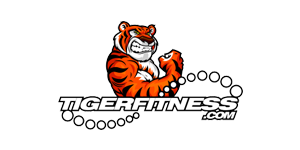 [/vc_column_text][/vc_column_inner][vc_column_inner column_padding=”no-extra-padding” column_padding_position=”all” centered_text=”true” background_color_opacity=”1″ width=”1/4″ column_border_width=”none” column_border_style=”solid”][vc_column_text]
[/vc_column_text][/vc_column_inner][vc_column_inner column_padding=”no-extra-padding” column_padding_position=”all” centered_text=”true” background_color_opacity=”1″ width=”1/4″ column_border_width=”none” column_border_style=”solid”][vc_column_text]
[/vc_column_text][/vc_column_inner][vc_column_inner column_padding=”no-extra-padding” column_padding_position=”all” centered_text=”true” background_color_opacity=”1″ width=”1/4″ column_border_width=”none” column_border_style=”solid”][vc_column_text]
[/vc_column_text][/vc_column_inner][vc_column_inner column_padding=”no-extra-padding” column_padding_position=”all” centered_text=”true” background_color_opacity=”1″ width=”1/4″ column_border_width=”none” column_border_style=”solid”][vc_column_text]
$13.94
[/vc_column_text][/vc_column_inner][vc_column_inner column_padding=”no-extra-padding” column_padding_position=”all” centered_text=”true” background_color_opacity=”1″ width=”1/4″ column_border_width=”none” column_border_style=”solid”][vc_raw_html]JTNDYSUyMGhyZWYlM0QlMjJodHRwcyUzQSUyRiUyRmZpdG5lc3NpbmZvcm1hbnQuY29tJTJGcmVjb21tZW5kcyUyRm51dHJha2V5LWxpcXVpZC1sLWNhcm5pdGluZS0xNTAwLXRpZ2VyJTJGJTIyJTIwY2xhc3MlM0QlMjJteUJ1dHRvbiUyMiUyMHJlbCUzRCUyMm5vZm9sbG93JTIyJTNFR08lMjBUTyUyMFNUT1JFJTIwJTNFJTNFJTNDJTJGYSUzRQ==[/vc_raw_html][/vc_column_inner][/vc_row_inner][divider line_type=”Full Width Line” line_thickness=”1″ divider_color=”extra-color-3″][vc_row_inner equal_height=”yes” content_placement=”middle” column_margin=”default” text_align=”left”][vc_column_inner column_padding=”no-extra-padding” column_padding_position=”all” centered_text=”true” background_color_opacity=”1″ width=”1/4″ column_border_width=”none” column_border_style=”solid”][vc_column_text] [/vc_column_text][/vc_column_inner][vc_column_inner column_padding=”no-extra-padding” column_padding_position=”all” centered_text=”true” background_color_opacity=”1″ width=”1/4″ column_border_width=”none” column_border_style=”solid”][vc_column_text]
[/vc_column_text][/vc_column_inner][vc_column_inner column_padding=”no-extra-padding” column_padding_position=”all” centered_text=”true” background_color_opacity=”1″ width=”1/4″ column_border_width=”none” column_border_style=”solid”][vc_column_text]
[/vc_column_text][/vc_column_inner][vc_column_inner column_padding=”no-extra-padding” column_padding_position=”all” centered_text=”true” background_color_opacity=”1″ width=”1/4″ column_border_width=”none” column_border_style=”solid”][vc_column_text]
[/vc_column_text][/vc_column_inner][vc_column_inner column_padding=”no-extra-padding” column_padding_position=”all” centered_text=”true” background_color_opacity=”1″ width=”1/4″ column_border_width=”none” column_border_style=”solid”][vc_column_text]
Check Price
[/vc_column_text][/vc_column_inner][vc_column_inner column_padding=”no-extra-padding” column_padding_position=”all” centered_text=”true” background_color_opacity=”1″ width=”1/4″ column_border_width=”none” column_border_style=”solid”][vc_raw_html]JTNDYSUyMGhyZWYlM0QlMjJodHRwcyUzQSUyRiUyRmZpdG5lc3NpbmZvcm1hbnQuY29tJTJGcmVjb21tZW5kcyUyRm51dHJha2V5LWxpcXVpZC1sLWNhcm5pdGluZS0xNTAwLWFtYXpvbiUyRiUyMiUyMGNsYXNzJTNEJTIybXlCdXR0b24lMjIlMjByZWwlM0QlMjJub2ZvbGxvdyUyMiUzRUdPJTIwVE8lMjBTVE9SRSUyMCUzRSUzRSUzQyUyRmElM0U=[/vc_raw_html][/vc_column_inner][/vc_row_inner][/vc_column][/vc_row]
